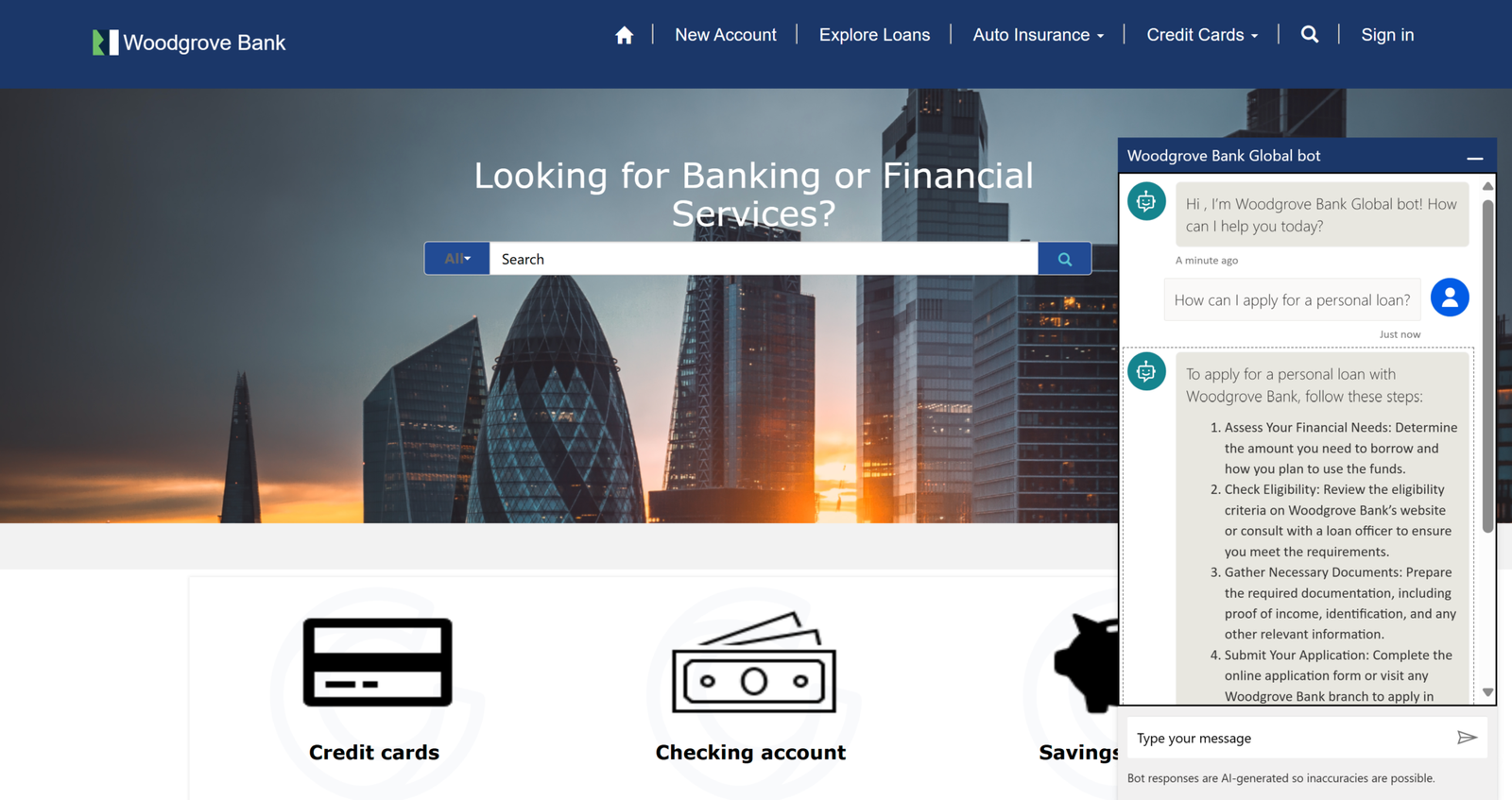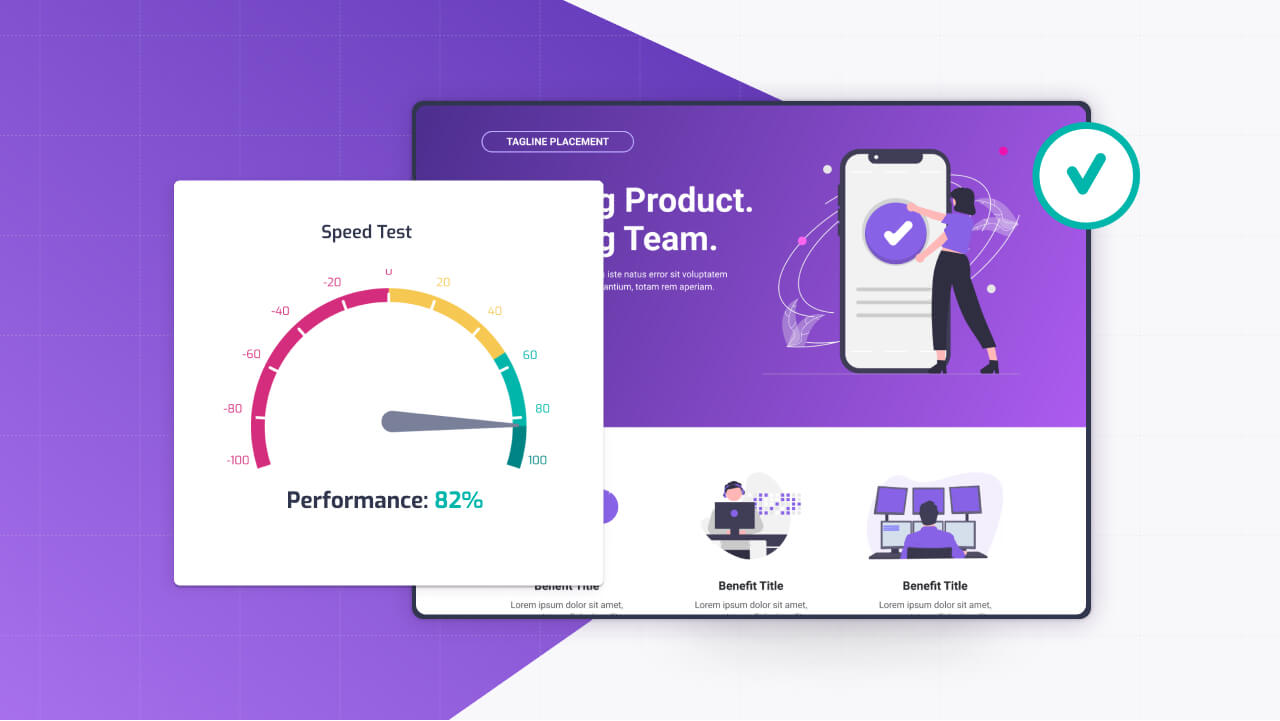The PL-400 exam stands as the gateway to earning the Microsoft Certified: Power Platform Developer Associate certification—a credential designed for developers who are serious about harnessing Microsoft’s Power Platform to deliver robust, tailored solutions. This exam is tailored for professionals who thrive at the intersection of technical expertise and business needs, crafting applications and automations that drive efficiency and innovation. If you’re ready to showcase your ability to design, develop, and extend Power Platform solutions, this is your moment.
Microsoft outlines that PL-400 candidates should bring a deep understanding of the platform’s capabilities, from building apps with Power Apps to streamlining processes with Power Automate, managing data in Dataverse, and integrating custom code—think C# or JavaScript—where low-code tools alone won’t suffice. It’s a challenging yet rewarding certification that validates your skills as a developer who can bridge the gap between out-of-the-box functionality and bespoke requirements.
In this PL-400 Study Guide, I’ve put together a detailed, step-by-step plan to guide you through your preparation. You’ll find a curated mix of video tutorials, key resources, and links to insightful articles—all aimed at helping you pass with confidence. If this proves valuable as you gear up for the exam, I’d encourage you to share it with others in your network who are pursuing the same goal. Let’s dive in and get you ready to succeed!
Skills Measured: What They’re Actually Testing You On
To succeed at the PL-400 exam, you need a clear grasp of what Microsoft is evaluating. The exam breaks down into six key areas, each testing a distinct facet of your expertise as a Power Platform developer. Below, I’ve unpacked each one with enough detail to help you understand the scope and prepare effectively.
1. Create a Technical Design (10–15%)
This section, comprising 10-15% of the exam, focuses on your ability to architect solutions before you build them. It’s about laying a solid foundation—think of it as drafting the blueprints for a complex project. You’ll be expected to design technical frameworks that are scalable, secure, and aligned with specific business objectives.
This involves defining data models within Dataverse, mapping out how apps and automations will integrate, and establishing security protocols like authentication and access controls. A strong understanding of application lifecycle management (ALM) is critical here—knowing how to structure environments and manage solution deployments from development through production. It’s strategic thinking with a technical edge, setting the stage for everything that follows.
2. Build Power Platform Solutions (10–15%)
Making up another 10-15% of the exam, this area shifts from planning to execution. Here, you’ll demonstrate your ability to construct functional solutions using Power Apps (both canvas and model-driven varieties), Power Automate flows, and Dataverse as the data backbone.
You’ll configure entities, fields, and relationships, and might even create custom connectors to bridge gaps in connectivity. Testing and debugging are part of the deal too—ensuring your solutions don’t just work in theory but hold up in practice. This is where your hands-on skills come into play, proving you can translate designs into tangible outcomes.
3. Implement Power Apps Improvements (5–10%)
This smaller segment, accounting for 5-10% of the exam, centers on refining Power Apps to elevate their performance and usability. Whether you’re working with canvas apps or model-driven apps, the goal is optimization—taking something functional and making it exceptional.
Expect tasks like enhancing the user interface for better navigation, streamlining data connections for efficiency, or adding custom logic with Power Fx or JavaScript. It’s about fine-tuning—ensuring apps run smoothly, scale well, and deliver a polished experience for end users.
4. Extend the User Experience (10–15%)
Representing 10-15% of the exam, this skill area explores how you enhance the way users interact with Power Platform solutions. It’s about customization—making apps intuitive and engaging through tailored interfaces and functionality.
You might leverage client-side scripting with JavaScript or TypeScript, develop custom controls, or adjust forms and views in model-driven apps to meet specific needs. Embedding Power BI visuals or designing custom pages could come up too. The focus is on creating a seamless, user-friendly experience, often requiring a blend of creativity and technical know-how.
5. Extend the Platform (40–45%)
This is the heavyweight of the exam, weighing in at 40-45%, and it’s where your developer expertise truly shines. Here, you’re pushing Power Platform beyond its standard capabilities, diving into pro-code territory to meet complex requirements.
Expect to write plug-ins and custom workflows in C#, integrate with Azure services, and work with RESTful APIs to connect external systems. Dataverse customization is central—creating custom entities, fields, and business logic to fit unique scenarios. This section demands a strong command of coding and integration, making it the most technically intensive part of the PL-400. It’s your chance to prove you can mold the platform to your vision.
6. Develop Integrations (5–10%)
The final piece, covering 5-10% of the exam, focuses on connecting Power Platform to the broader ecosystem. Your solutions won’t exist in isolation, so you’ll need to build integrations with third-party applications, Azure services, or other data sources.
This could involve crafting custom connectors, managing API interactions, or ensuring smooth data synchronization. While it’s a smaller portion, it’s critical—integration issues can derail an otherwise solid solution. Mastery here ensures your work fits seamlessly into a larger technical landscape.
Study Roadmap: How to Actually Prep for This Beast
With the skills laid out, let’s move to the actionable part—how to study effectively for the PL-400. I’ve distilled this into a three-step approach based on resources that deliver results. It’s straightforward, thorough, and designed to fit into a busy schedule without overwhelming you.
Step 1: Watch Julian Sharp’s Exam Prep Video Series
Your starting point is Julian Sharp’s PL-400 Exam Readiness Zone series on Microsoft Learn. This collection of six videos—each roughly 10-15 minutes—offers a concise yet comprehensive overview of the exam’s content. Julian’s an expert who knows Power Platform inside out, and he delivers the material with clarity and real-world context.
He covers everything from designing technical architectures to writing custom plug-ins, breaking down complex topics with practical examples. I’d recommend setting aside an hour or two, grabbing a notebook, and watching the full series. It’s an excellent way to get oriented, especially if you prefer visual explanations over dense text. Once you’ve absorbed this foundation, you’re ready to build on it.
Step 2: Dive Deep into Microsoft Learn Material
Next, dedicate time to the official PL-400 learning paths on Microsoft Learn. You’ll find these free resources by scrolling down the certification page—they’re packed with modules tailored to the exam’s objectives. Here’s why this step is non-negotiable:
- Up-to-Date Content: Power Platform evolves rapidly, with features added and retired regularly. Microsoft Learn reflects these changes in real time, ensuring you’re studying the most current material—straight from the source.
- Exam Accessibility: During the PL-400, you can reference Microsoft Learn mid-exam. That’s right—it’s an allowable resource. Familiarizing yourself with its structure and content locations can give you an edge when time’s ticking.
Plan to spend several days working through the learning paths. They cover technical design, app development, platform extensions, and more, with hands-on examples you can try in your own environment. I’d suggest focusing extra attention on areas like custom coding and integrations if those feel less familiar. When you’re confident with the material, proceed to the next step.
Step 3: Test Yourself with the Practice Assessment
Now it’s time to test your knowledge with the PL-400 Practice Assessment. This set of 50 questions mirrors the exam’s format and difficulty, offering a realistic gauge of your preparedness.
There’s no official time limit, but I’d set a personal timer for an hour to simulate exam pressure—the real test typically allows about two hours. Work through the questions methodically, noting any areas where you hesitate. Unlike the actual exam, this practice version skips labs and case studies, but it’s still a goldmine for identifying strengths and gaps. If you finish feeling strong, schedule the exam. If not, revisit the videos and learning paths to reinforce your weak spots.
A Heads-Up: The PL-400 allows roughly five attempts per year, with a mandatory wait after the third failure. Don’t rush in unprepared—aim to pass on your first or second try by investing in solid prep upfront.
Don’t Even Think About Buying Books!
Before you hit “add to cart” on some PL-400 study guide from an online retailer, hear me out: don’t bother. Physical books sound tempting, but they’re a poor fit for this exam. Power Platform updates come fast and furious, and a book published even a year ago is likely outdated—missing new features or referencing retired ones like the old “Common Data Service” instead of Dataverse.
I’ve seen people on forums recommend these relics, and it’s painful to watch. Stick to Microsoft Learn and recent online tutorials—like Julian’s series, created within the last year. They’re free, current, and far more reliable. Your time and money are better spent elsewhere.
Wrapping Up
That’s your complete guide to tackling the PL-400—a rigorous but achievable path to certification. This exam tests a wide range of skills, but with the right resources and a focused approach, you’ll be well-equipped to succeed. Lean on the video series, master Microsoft Learn, test yourself thoroughly, and steer clear of outdated books. You’ve got the talent; this plan just helps you prove it.
Best of luck as you prepare! When you pass—and I’m confident you will—I’d love to hear about your experience. If you know others aiming for the PL-400, feel free to share this guide. Together, we can elevate the Power Platform community, one certified developer at a time.



